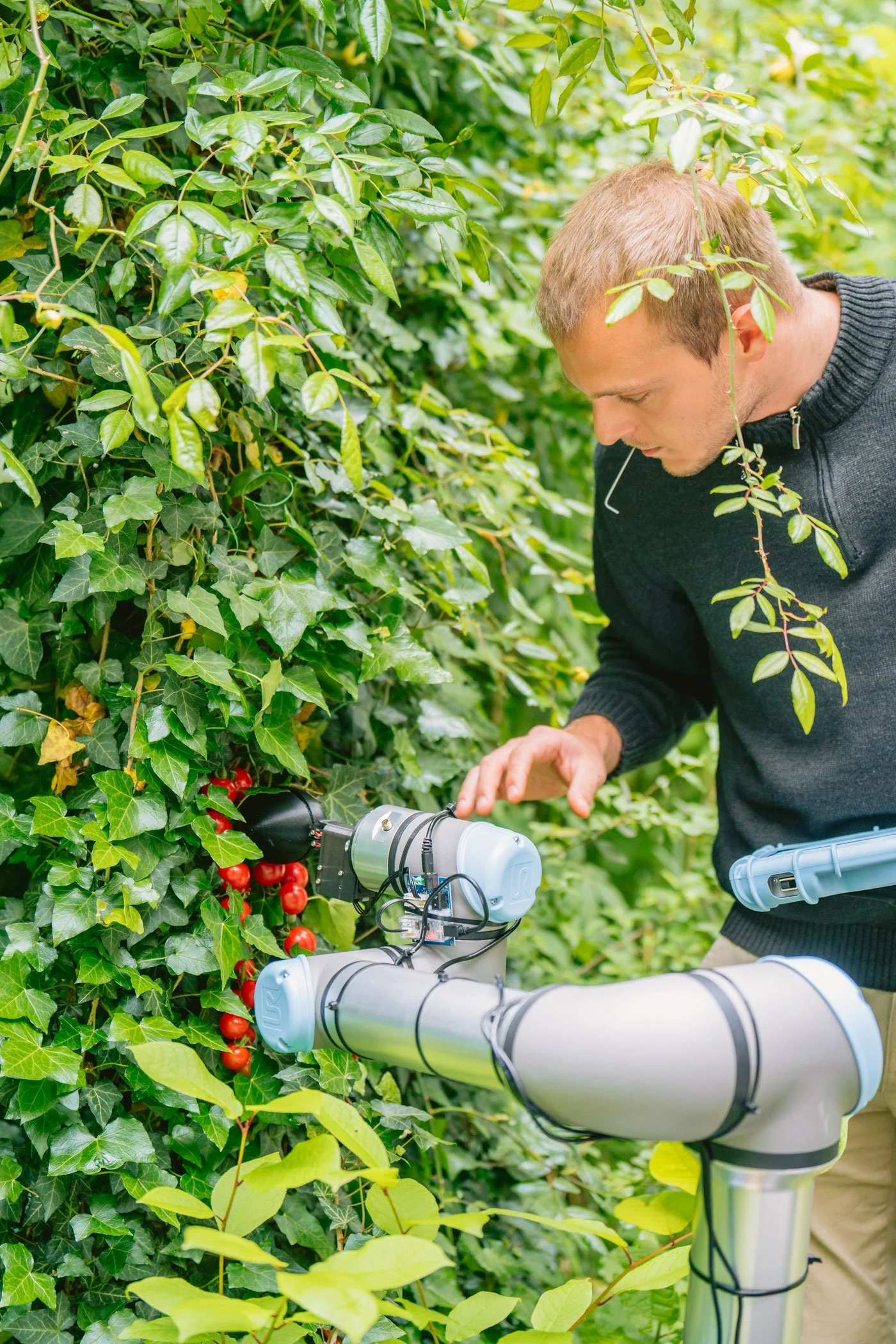ChatGPT Designs Tomato-Harvesting Robot
Image courtesy of Tudelft.nl
Researchers have used ChatGPT to design a robot, as they dig deeper into future applications of the language model’s potential.
The team, from TU Delft University in the Netherlands and EPFL in Switzerland, said they wanted to use ChatGPT to create a robot that would make a valuable contribution to the world.
"We wanted ChatGPT to design not just a robot, but one that is actually useful," said Cosimo Della Santina, study co-lead.
Speaking to the language model, the team decided to make a robot to address food supply challenges. Specifically, a tomato-harvesting robot featuring a robotic arm and gripper.
All of ChatGPT’s design instructions were followed to create the robot and the team said the process was particularly instructive in the conceptual phase.
"ChatGPT extends the designer's knowledge to other areas of expertise,” said Francesco Stella, study co-lead. “For example, the chat robot taught us which crop would be most economically valuable to automate."
In addition, ChatGPT decided the gripper should be a soft material such as silicone or rubber to avoid damaging the tomatoes, and that a Dynamixel motor would be the best kind to power the robot’s movements.
Initial tests of the robot showed promising results, however, the team said further research is needed to determine exactly how tools like ChatGPT can be used in the engineering field, and how to avoid the challenge of misinformation and plagiarism.
"Large Language Models’ (LLM) output can be misleading if it is not verified or validated,” said Santina. “AI bots are designed to generate the 'most probable' answer to a question, so there is a risk of misinformation and bias in the robotic field.”
Please click HERE to view the original article.

